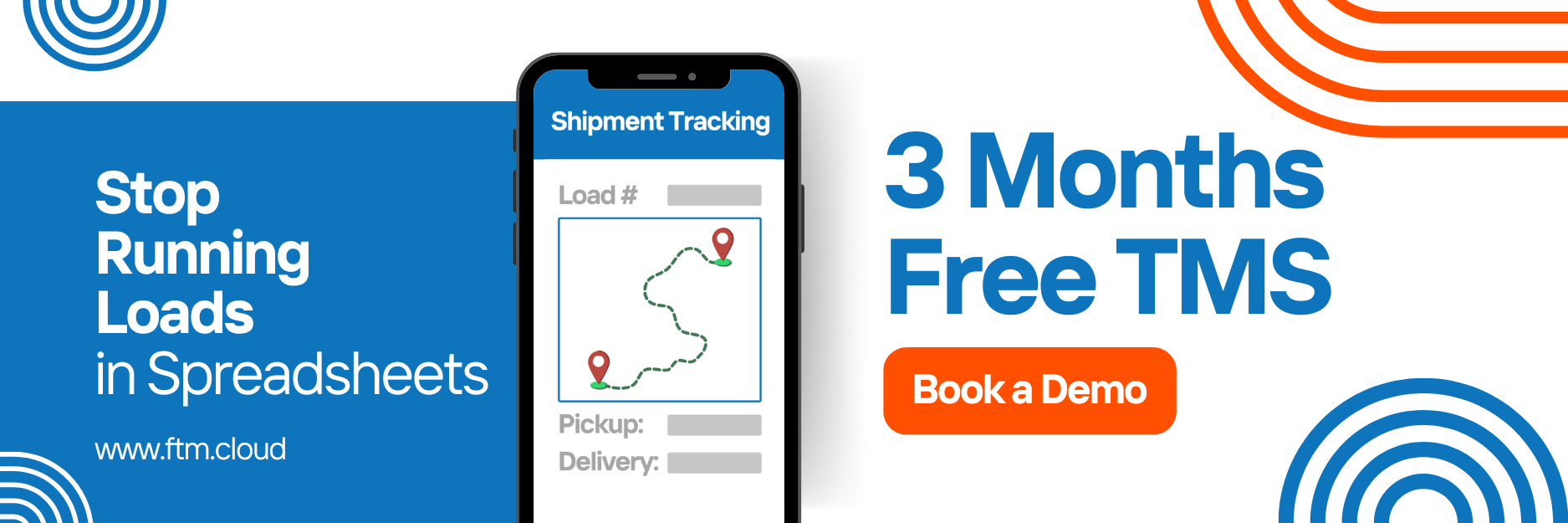Ever wondered what is predictive analytics and how it could transform your logistics strategy? Every mile, every delay, every load your business moves holds data and predictive analytics in logistics converts that data into foresight. It helps you cut costs, plan capacity, and make faster, smarter dispatch decisions before problems occur.
What Is Predictive Analytics and Why It Matters Now
If you’ve ever asked, “What is predictive analytics?”, the short answer is this: it’s how logistics teams turn historical data into future-ready decisions.
Predictive analytics uses AI and statistical models to analyze load history — delivery times, carrier behavior, dwell time, and more — to forecast outcomes like delays, demand surges, or cost risks.
In logistics, what predictive analytics does is move your TMS from reactive to proactive, allowing your operation to anticipate instead of react.
Why Load History Is Central to Predictive Analytics
When people ask, what is predictive analytics in logistics, they often overlook the foundation: load history. Every shipment, empty mile, and delay record creates a dataset. Predictive analytics processes this data to forecast what will happen next, which lanes will face congestion, which carriers are reliable, and which shipments may hit detention risk.
This means predictive freight analytics isn’t just math, it’s strategy.
What Predictive Analytics Can Actually Do
1. Demand Forecasting & Capacity Planning
So, what is predictive analytics doing behind the scenes?
It examines historical shipment data to predict future freight volume. For example, by recognizing seasonal surges in lane demand, predictive analytics in logistics helps brokers secure extra capacity before peak weeks hit.
2. Dispatch Optimization
If you’re wondering, what is predictive analytics in a TMS context, here’s the answer: it’s routing intelligence.
Predictive analytics in logistics uses historical route data and external factors (traffic, weather, lane risk) to forecast where delays may occur, allowing your TMS to choose the most efficient dispatch plan.
3. Early Risk Alerts
What predictive analytics offers beyond standard reporting is foresight.
It identifies risk zones before they become costly, for instance, flagging shipments that historically face customs holds or congestion on specific days of the week.
4. Fleet & Carrier Strategy
Predictive freight analytics tells you which lanes perform better with in-house assets versus third-party carriers.
By understanding what predictive analytics reveals about route profitability, dispatch teams can allocate resources intelligently and avoid overcapacity.

Read more: How Modern Shippers Stay Ahead with a Smart TMS
Challenges: What Predictive Analytics Can’t Do Alone
Even the smartest system needs good data. If you’re exploring what is predictive analytics for logistics software, remember: “garbage in, garbage out.”
- Inconsistent timestamps or missing HS codes will distort predictions.
- Overfitting old data can miss new disruptions.
- Human validation is essential, predictive analytics helps, but humans decide.
Read more: Top 5 Load Tendering Mistakes in Freight Operations + Avoid Them
FTM and Predictive Analytics: A Real-World Application
FTM’s TMS predictive analytics modules are designed to help shippers, carriers, and brokers leverage their historical load data intelligently.
If you ask what is predictive analytics doing inside FTM, the answer is simple:
- Automating demand forecasts
- Scoring carrier performance by lane
- Sending predictive exception alerts before problems escalate
- Offering interactive dashboards that transform raw data into insights
That’s what predictive analytics in logistics looks like, foresight in motion.
Read more: Dispatch Console: Boost Logistics for Shippers, Brokers & Carriers
How to Start Using Predictive Analytics in Logistics
| Step | Action | Benefit |
|---|---|---|
| 1 | Clean your load data | Reliable models that deliver accurate results |
| 2 | Test what predictive analytics reveals in one lane | Measure ROI before full rollout |
| 3 | Combine model output with dispatcher expertise | Balance automation with human insight |
| 4 | Track prediction accuracy | Improve your model over time |
| 5 | Add more data streams | Include traffic, weather, and port data for richer predictions |
When you operationalize what predictive analytics can do, you’ll start predicting outcomes instead of reacting to them.
What Predictive Analytics Means for the Future of Logistics
So, what is predictive analytics really? It’s the engine that turns your past performance into future control.
Predictive analytics in logistics is not just about forecasting, it’s about anticipating and acting before delays, risks, or missed opportunities cost you money.
FTM helps you operationalize what predictive analytics promises — real-time insights, route intelligence, and smarter automation.
Ready to turn your load history into competitive advantage?
Book your free demo today at ftm.cloud and see what predictive analytics can do for your business.


The reality check about “garbage in, garbage out” hit home. Good data is the foundation of any predictive model.